A Contextual Approach
Situated between a 1970s residential area and a dense forest, the School and Extracurricular Group Otterswiller project serves as a bridge between its urban surroundings and natural environment. The site’s topography, characterized by a significant elevation difference, posed both challenges and opportunities for the design.
Transformative Design
The project reimagines the existing building by extending and reconfiguring its layout. The ground floor is thickened to create a solid base for the primary school, while the roof is altered to introduce gable structures. A uniform cladding unifies the transformed floor, while extensions on the forest side accommodate common areas, a library, and an activities room. A new building is dedicated to extracurricular activities, establishing a cohesive relationship with the existing structure. A glazed courtyard connects the kindergarten and after-school center, fostering interaction between the two.
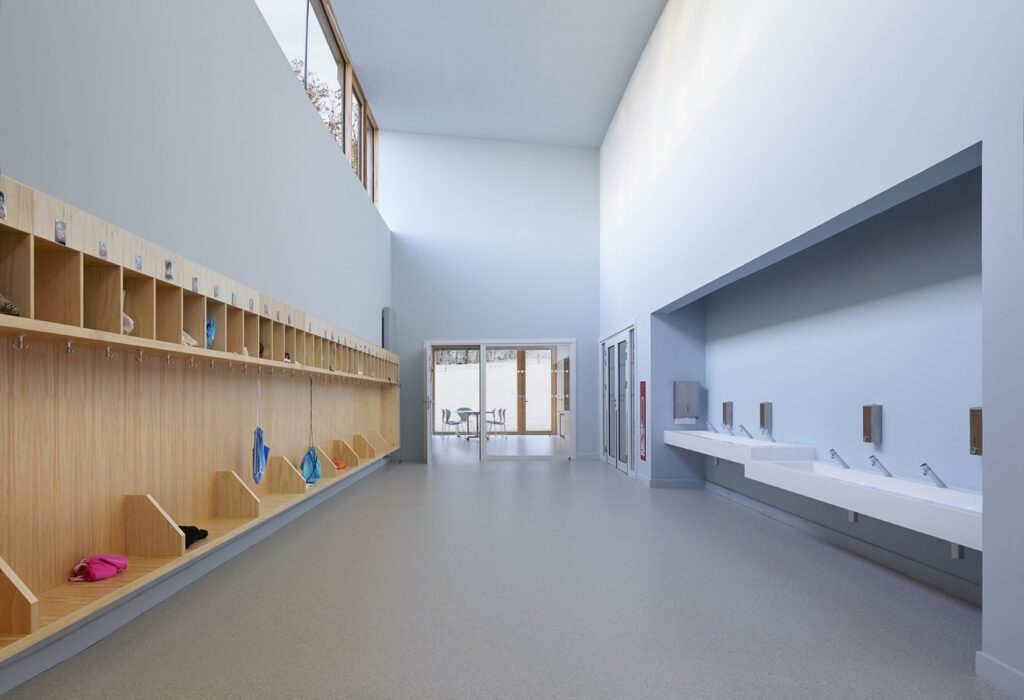
Harmonizing with the Neighborhood
By decomposing the school group into distinct architectural elements and adopting a refined design language, the project integrates seamlessly with the residential typology of the neighborhood. The use of materials such as structured bricks, enameled tiles, and lacquered steel contributes to the facility’s public identity while maintaining a sense of coherence with its surroundings.
Material Palette and Design Evolution
The project’s material palette is intentionally limited, comprising anthracite grey bricks for the base, white enameled tiles for common areas and the kindergarten, and lacquered steel for the extracurricular building. The transformation of the original building’s heavy red tile roof into white enameled tiles reflects a conscious effort to redefine its image while preserving its architectural heritage.
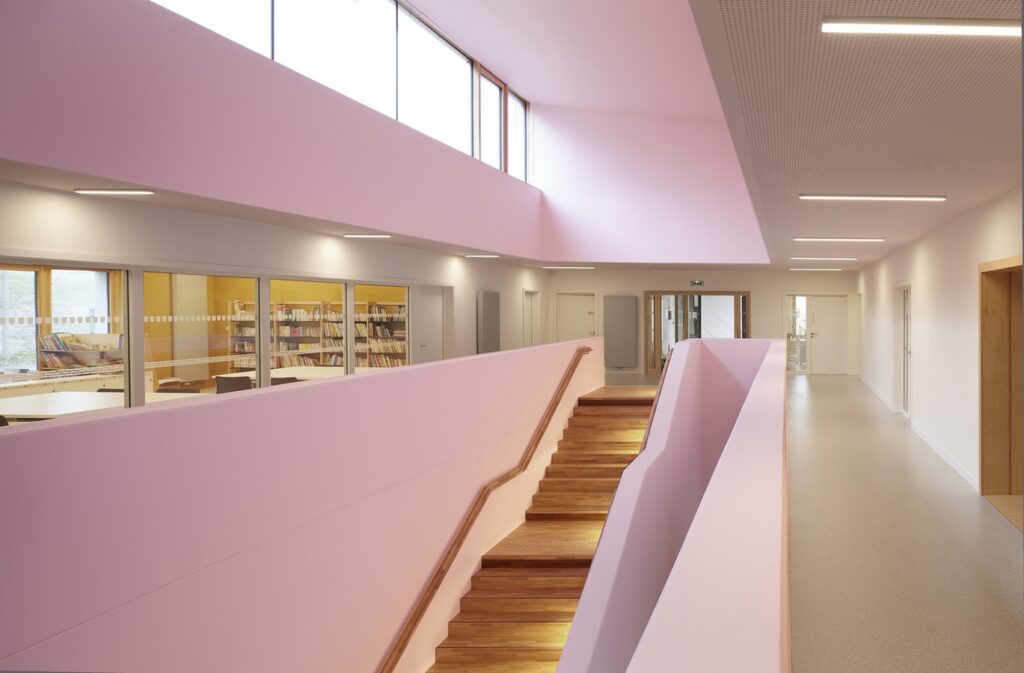
Sustainable Innovation
In line with environmental standards, the School and Extracurricular Group Otterswiller prioritizes sustainability. From wooden structures and bio-sourced insulation to green roofs and energy-efficient ventilation systems, every aspect of the design is optimized for energy performance and environmental responsibility. The project’s commitment to reducing water and electricity consumption, coupled with thoughtful landscaping strategies, underscores its dedication to sustainable development.


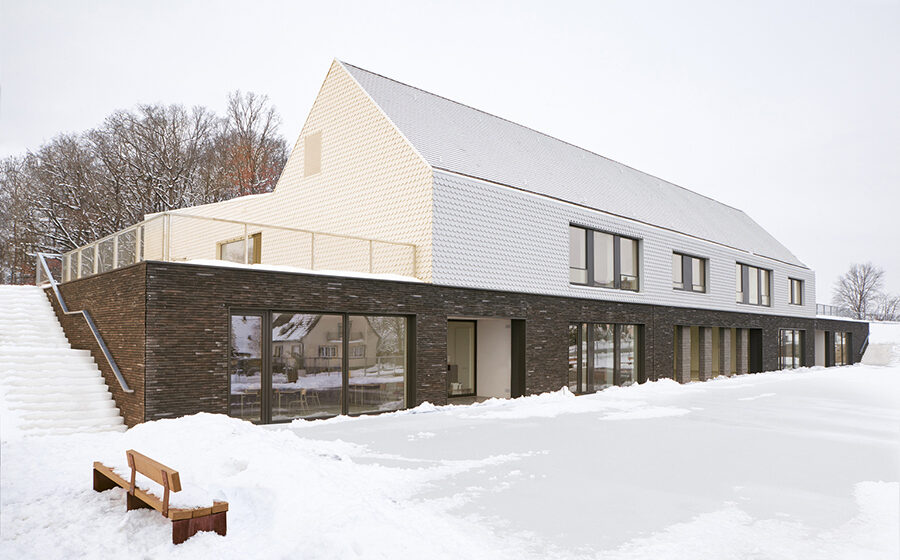


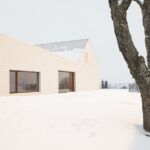
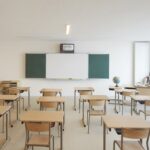
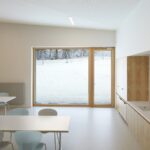

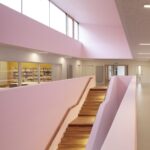
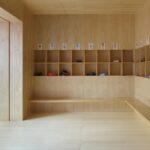
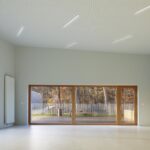


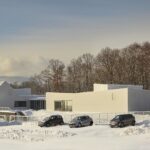
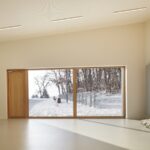
Leave a Reply